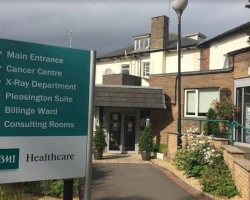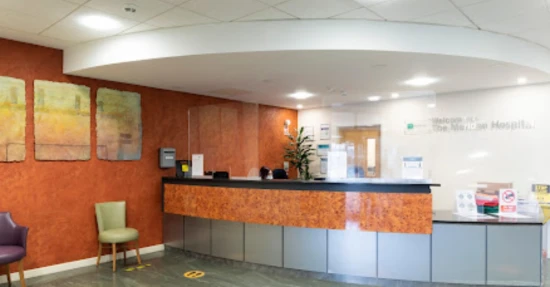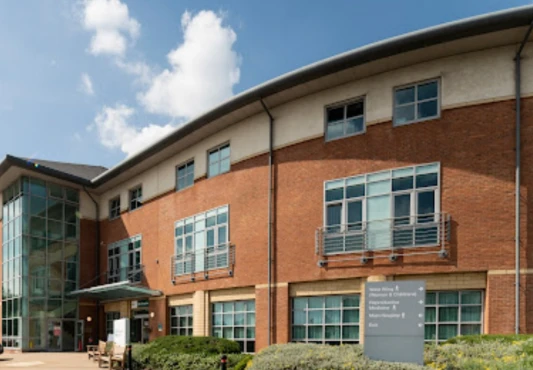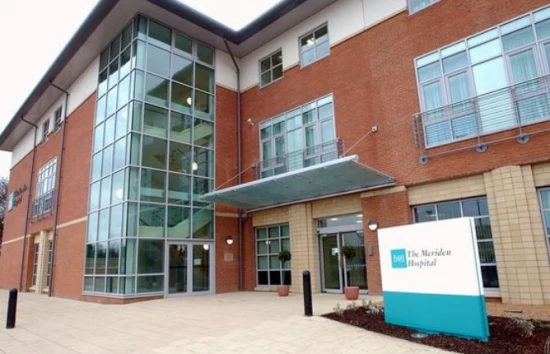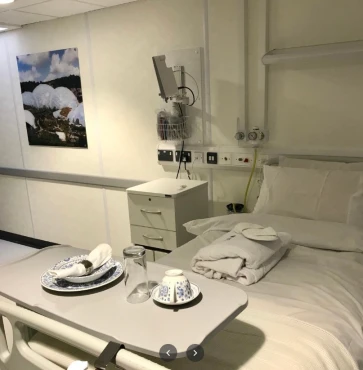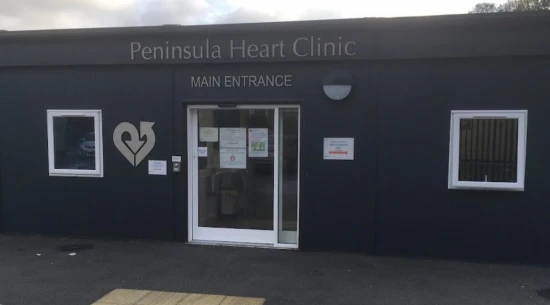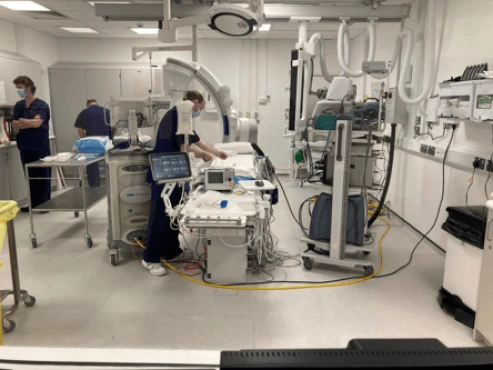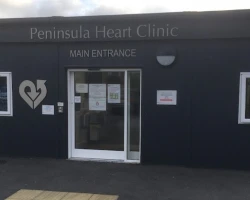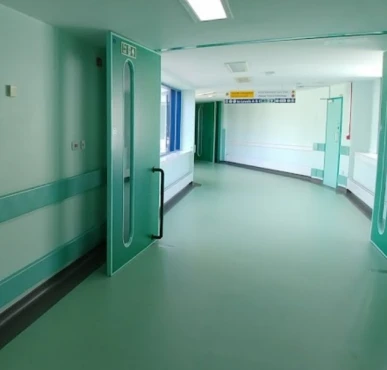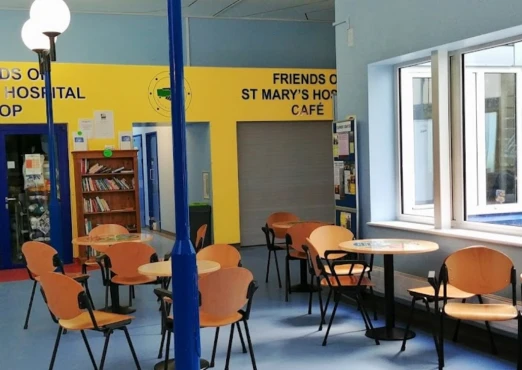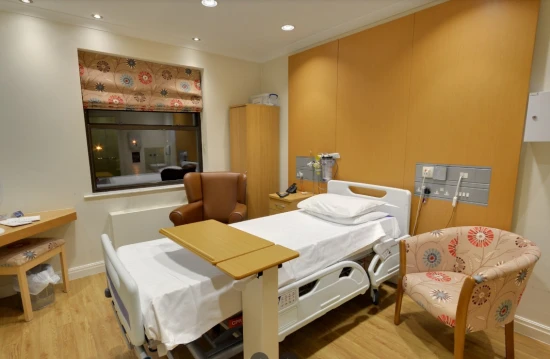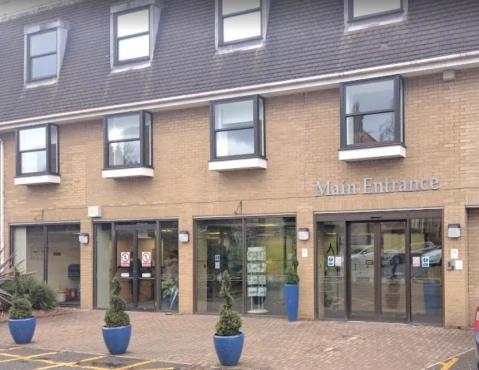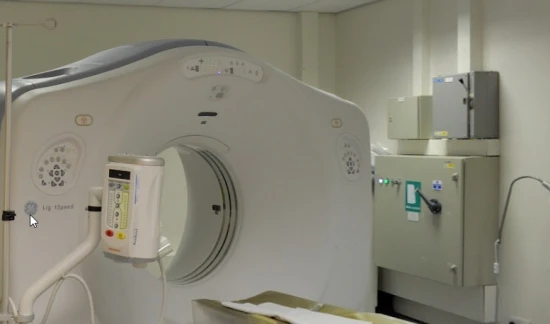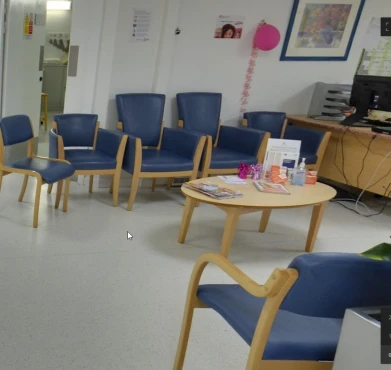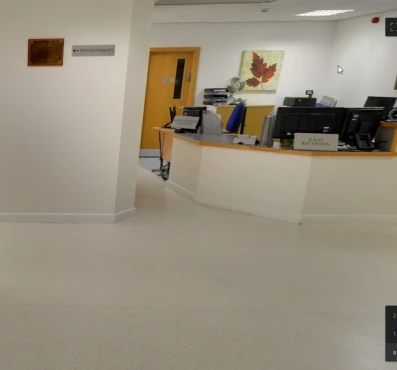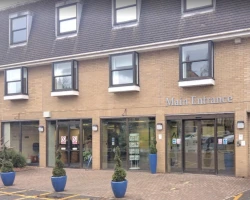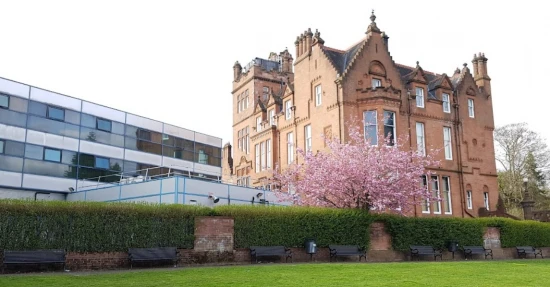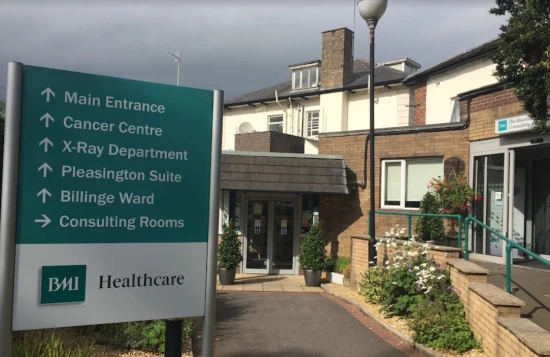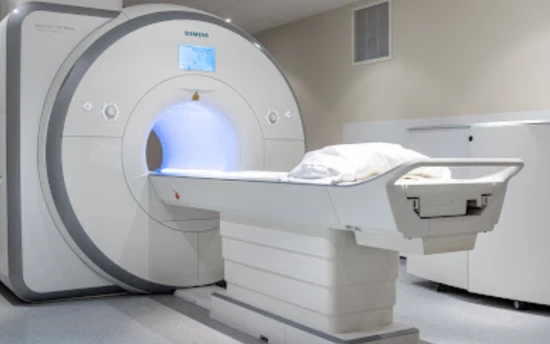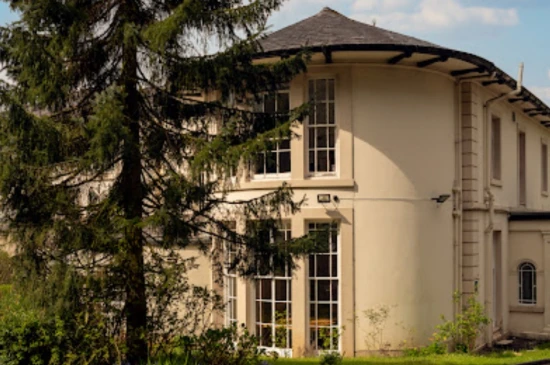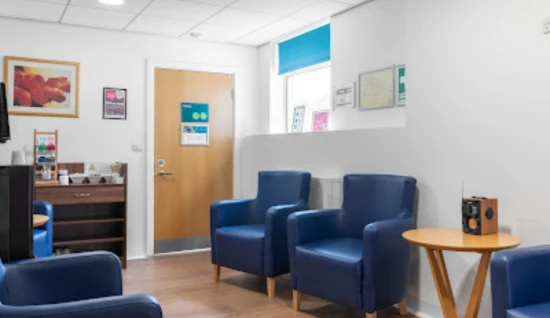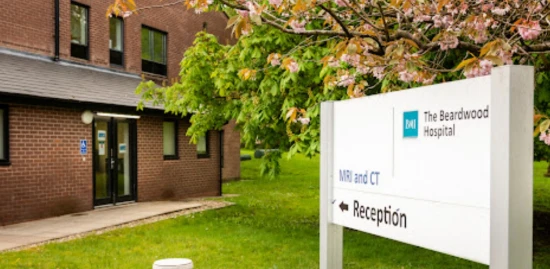Heart failure treatment in 1 Cardiac surgery clinic in Coventry
1 clinic specializing in Cardiac surgery providing treatment of
Heart failure
Heart failure is a chronic condition where the heart cannot pump blood effectively to meet the body's needs. It results in symptoms such as shortness of breath, fatigue, fluid retention, and reduced exercise tolerance.
Read more...
disease in Coventry.
Besides this clinic there are 26 Cardiac surgery clinics in United Kingdom.
Such diseases are treated by BMI The Meriden Hospital: Arrhythmia, Arrhythmogenic right ventricular dysplasia, Heart failure, Infection of an implantable cardioverter defibrillator (ICD), Left bundle branch block (LBBB), and others.
Nearby clinics in United Kingdom
Perhaps you should consider the following clinics we have found nearby basing on your Location, Disease filters applied.


